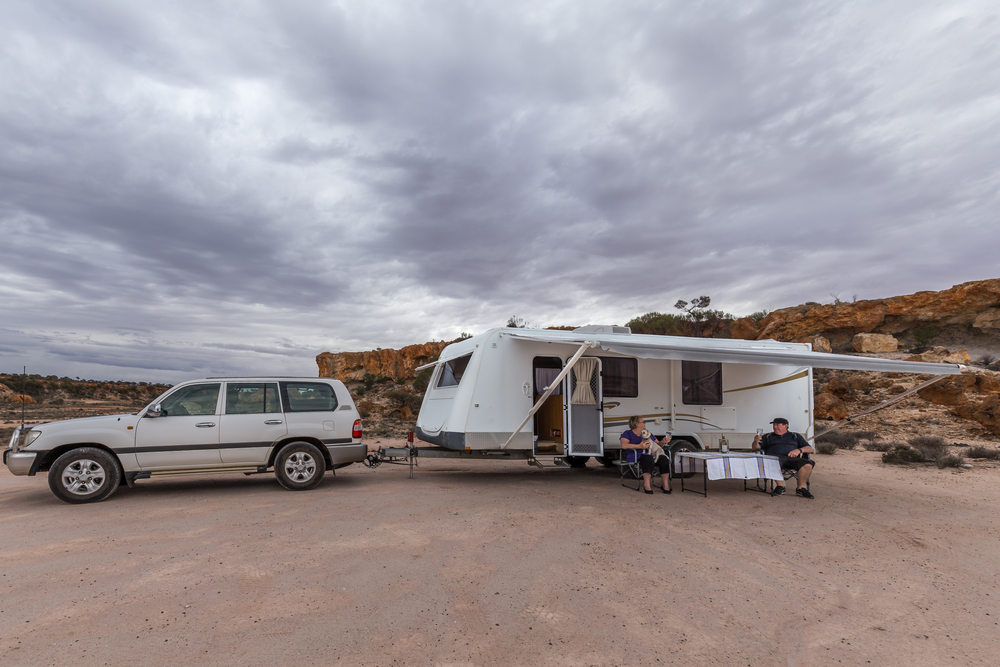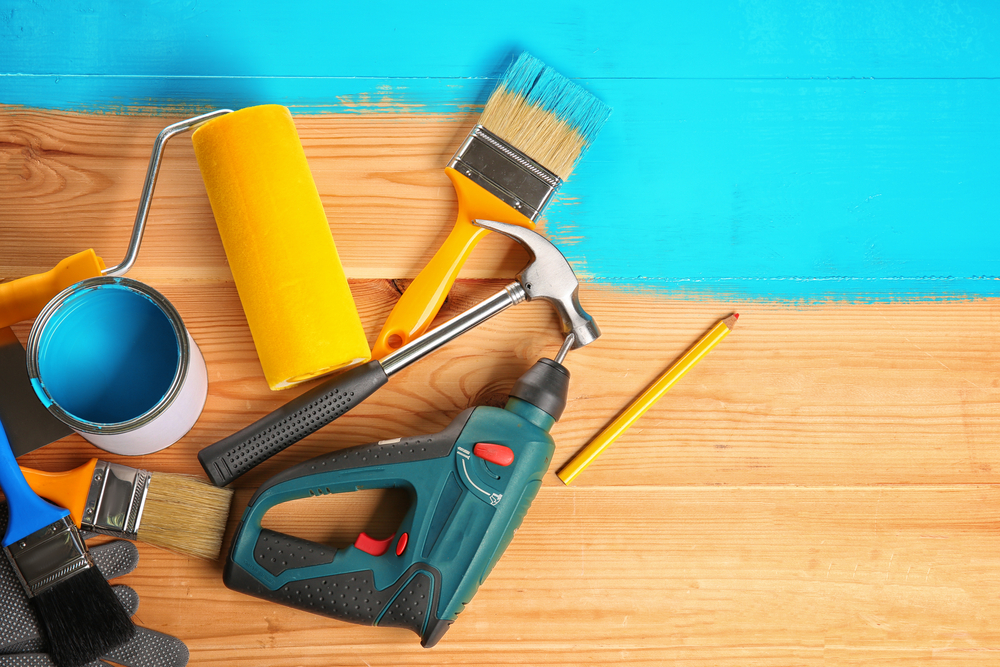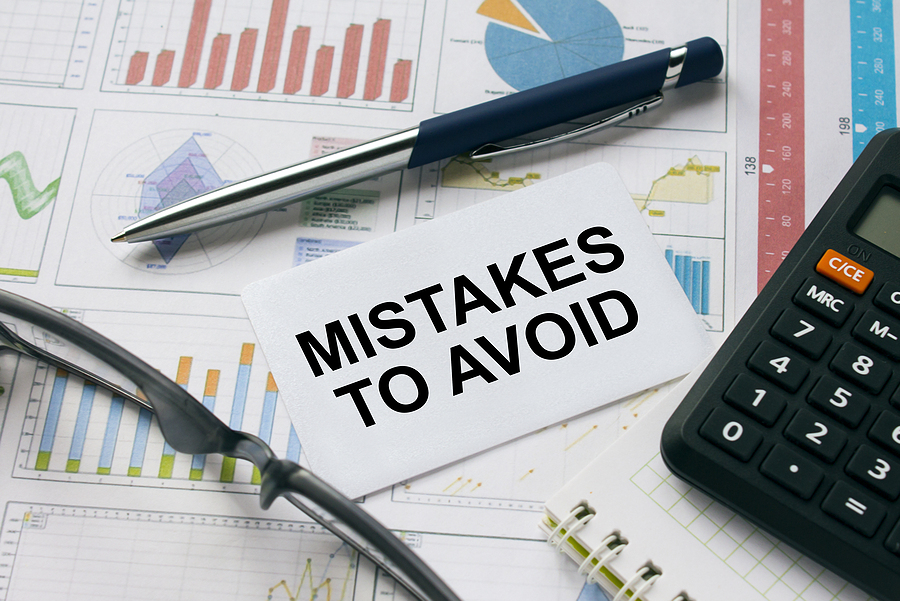Australian homes could be powered by nuclear energy by 2035 at the earliest under the coalition’s election plan.
Opposition Leader Peter Dutton has unveiled details of his much-anticipated nuclear energy policy, which will put nuclear power plants in Australia’s former fossil fuel heartlands if the coalition wins the federal election.
He said a coalition government would build seven plants at existing coal-fired power stations, with the assets to be owned by the Commonwealth.
This includes Loy Yang Power Station in Victoria’s Gippsland area, Callide and Tarong in Queensland, Mount Piper at Lithgow in central west NSW and Liddell in NSW’s Hunter region.
The coalition would also build small modular reactors at Northern Power Station in Port Augusta, South Australia and at Muja Power Station, south of Perth.
SMRs are supposedly cheaper and quicker to build than their larger counterparts but no projects have been completed globally and the CSIRO warned it would be “very unlikely” one would be up and running as quickly as 2038.
“We want to utilise the existing assets that we’ve got, and the poles and wires that are used at the moment on the coal-fired power station sites … to distribute the energy generated from the latest-generation nuclear reactors,” Mr Dutton told reporters in Sydney on Wednesday.
“We have the ability to do that in a way that renewables can’t.”
Going nuclear will require lifting current bans on the energy source, setting up potential political battles with the states, where some political leaders have already said they won’t allow atomic plants.
The nuclear power plants will form part of an “energy mix” that also includes gas and renewables, which the opposition claims will help provide a round-the-clock source of baseload power.
“It allows us to put enough nuclear into the system such that it provides the firming power and such that it brings downward pressure on prices,” Mr Dutton said.
But even if the opposition wins government, according to their plan, it will take another 10 to 12 years from an official decision for nuclear electricity to enter the grid with the first two nuclear plants expected to be completed between 2035 and 2037.
This means Australia could still reach net-zero emissions by 2050, Mr Dutton said.
Prime Minister Anthony Albanese has slammed the plan and says it overlooks Australia’s renewable energy potential.
“It’ll be a taxpayer funded nuclear fantasy,” he told ABC radio.
“Here in Australia, we have the best solar resources in the world.
“This makes no economic sense, as well as leaving us in a position of energy insecurity because of the time that it will take to roll out a nuclear reactor.”
The latest edition of the benchmark GenCost report, released by the CSIRO and the Australian Energy Market Operator in May, found the cost of building a large-scale nuclear power plant would be at least $8.5 billion.
Mr Dutton said he will have more to say about his plan’s cost “in due course”.
The coalition is also attempting to assuage health concerns by insisting modern nuclear power plants are “incredibly safe”.
The nuclear reactor in the southern Sydney suburb of Lucas Heights, for example, has been used in medical and material science research for years, rather than larger-scale power generation.
A 470-megawatt reactor produces waste equivalent to the size of a soda can which could be stored on site and moved to a permanent home, Mr Dutton said.
But state leaders have already objected to nuclear plants in their jurisdictions.
NSW Premier Chris Minns says he would not lift the state’s nuclear prohibition on energy production.
“If all of a sudden you were to introduce nuclear power, that investment is at real risk,” he told reporters.
“It costs a lot of money and second, it takes a lot of time and we don’t have a day to wait.”
On Tuesday, leader of the Queensland Liberal National party David Crisafulli – who is tipped win the state’s election – said he would not repeal his state’s nuclear prohibition either.
Kat Wong and Jacob Shteyman
(Australian Associated Press)




